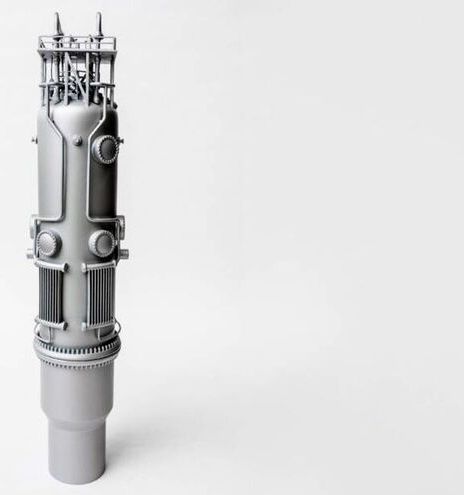Optics researchers from The University of Queensland and Nokia Bell Labs in the US have developed a new technique to demonstrate the time reversal of optical waves, which could transform the fields of advanced biomedical imaging and telecommunications.
Time reversal of waves in physics doesn’t mean traveling back to the future; it describes a special type of wave which can retrace a path backwards through an object, as if watching a movie of the traveling wave, played in reverse.
UQ’s Dr. Mickael Mounaix and Dr. Joel Carpenter, together with Dr. Nick Fontaine’s team at Nokia Bell Labs, are the first to demonstrate this time reversal of optical waves, using a new device they developed that allows full 3D control of light through an optical fiber.





